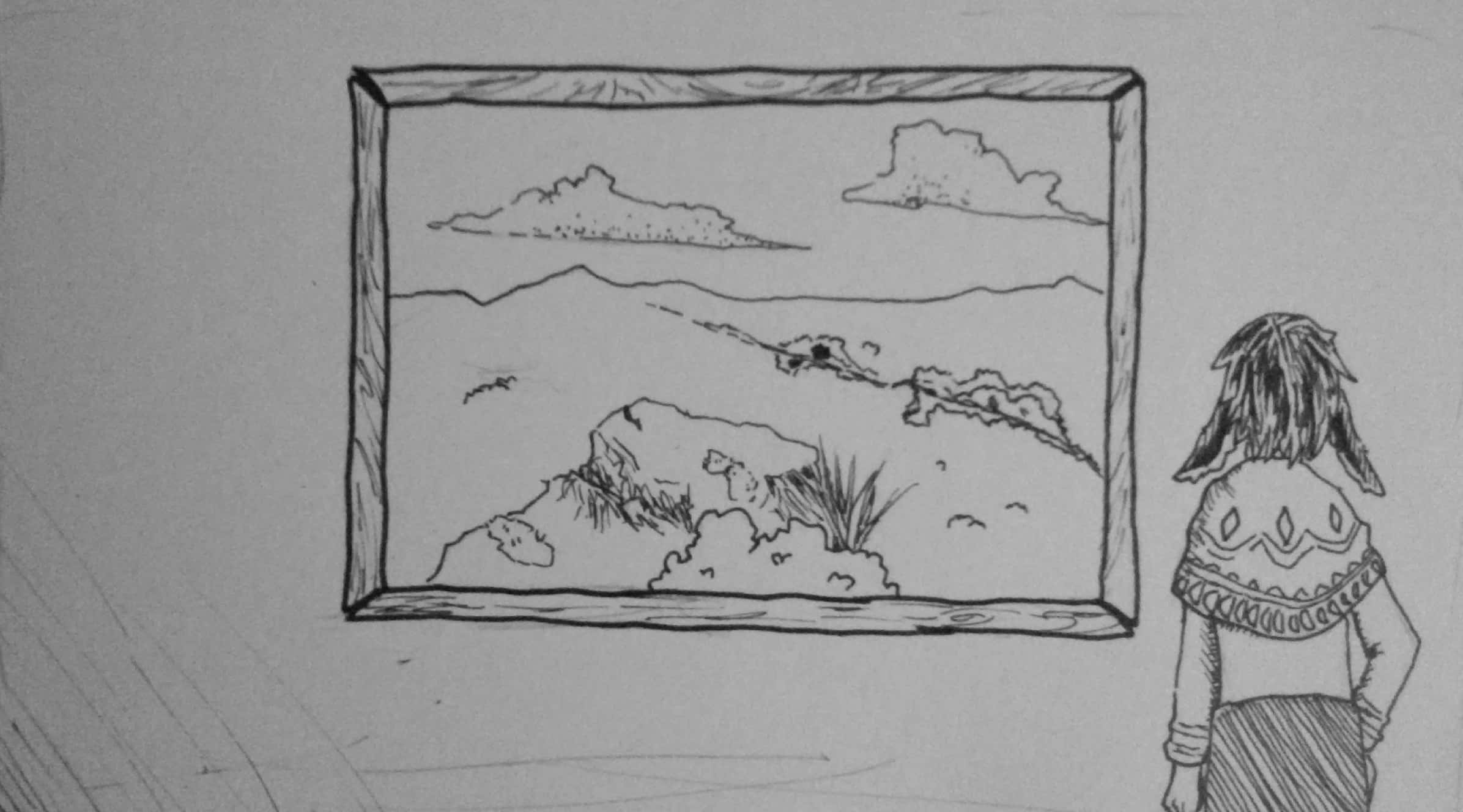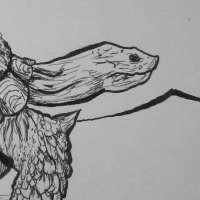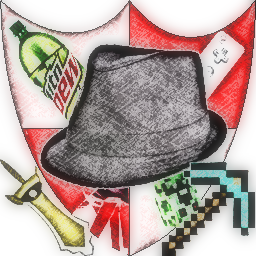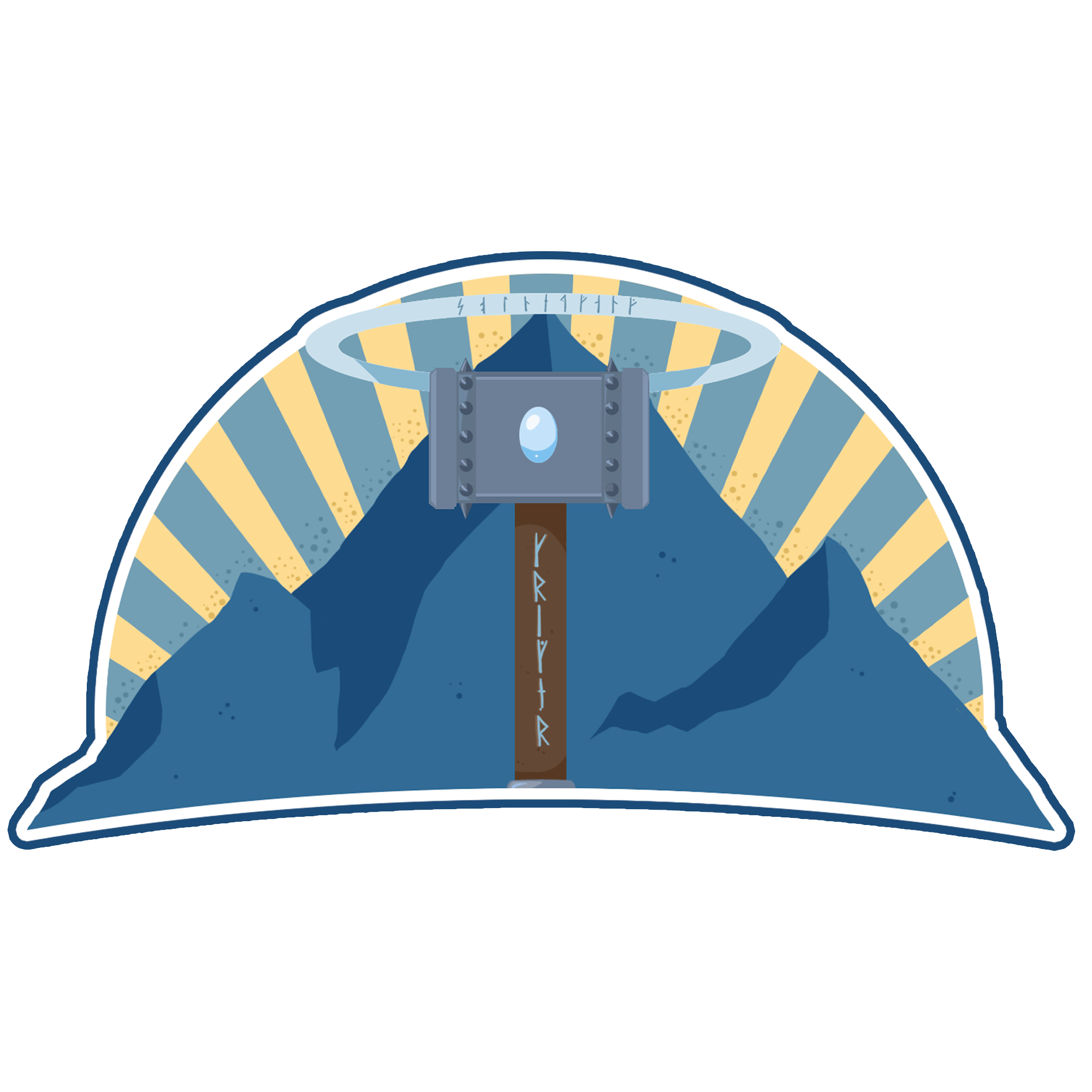Illusionists
In the illusionist schools in my homeland, a truly immense amount of information is stored. Frankly the stories and places the illusionists have recorded is incredible, and I've never seen its equal. Once I managed to get one of the historian illusionists to show me one of the last remaining illusions of the west coast before the Starfall. It was blurry and you could tell that the person who had originally crafted the illusion was an amateur... and it was one of the most precious things I've ever seen.Known in Minyi as the nwiomulen, illusionists are a backbone of Vutteisian culture. Illusions comprise the top art form throughout the north. Multiple styles of illusionist art coexist, and much of local history and lore is passed through this medium.
Career
Qualifications
Schooling begins at age 10 in the form of memorization exercises and art classes on perspective and drawing. As their magic comes in with puberty, the classes will begin to focus on magic techniques and basic illusions. Classes on more advanced art such as painting or sculpture are optional, though frequently taken. If a student wishes to go into theater, they'll need to get themselves an apprenticeship outside of the school.
Types of Illusionists
Traditional
Theater
Paintings and 2D Illusions
Sculpture and 3D Illusions
Perception
Social Status
History
Early Illusionist Art
Thousands of years ago, the job of the illusionist was limited a religious or formal position. Many were the religious leader of a village, who would teach the children about life and would show them tales of the gods via their illusions. They would take an apprentice who would learn each and every tale and engrave the imagery into their brain in order to recreate the scenes for the next generation.Eventually around 1800 BD, the Leiyduen Order was created. The Leiyduen believed that Sirdulluin had granted rabbitkin illusion in order protect and archive the secrets of the world, and started teaching illusions on a wider scale than had been seen before.They valued knowledge and the preservation of such, and while even today many of their closely guarded information is only known to those high up in the
Before, the art of a realistic illusion was only known to a few in each village, passed from one to another. Now while less refined than the great epics and myths shown by a priest, smaller pieces became an artform of their own. However, these smaller pieces were discriminated against, and called "a perversion of the sacred duty to preserve knowledge." Only religious or historical illusions gained any credit, let alone passed down. Only a handful of these so-called 'lesser' works survived to the modern days.
Growth of the Medium
Smaller illusions only came out of the street-side entertainer with the creation of Lemeisi theater. Born in the town of Lemeisi in 1285 BD, a group of trained minor illusions put on a play using small illusions as special effects and makeup. All of the illusions were highly realistic but small to save on both energy and memorization. Larger pieces of special effects, such as faking other types of magic, or monsters on stage, would be produced by offstage magicians to save the actors on power. This style of illusion, unlike the traditional picture-story, focused primarily on stamina rather than large scenes, which meant that fewer hours would need to be spent memorizing hours of imagery.Lemeisi theater was a huge hit, and soon spread throughout the north, and even into the southern territories. Furthermore, many of the plays written in this time period survive as they could be written down for posterity much easier than other forms of illusions.
In the 1100s to 1000s BD, artists wanted to make illusions more permanent. Illusions allowed realism unseen in other mediums, and brought sights to people who couldn't see them elsewhere. What an illusion wasn't, was permanent. Yue Tarkel created his own solution: a life-size sculpture of the hero of Sialuel Kiyei. Upon the sculpture, Tarkel laid a simple illusion to make the stone seem just a bit more lifelike and make the eyes shine a bit brighter, and put the rest of his magical stores into making the illusion last as long as possible. With such a simple illusion anchored on it, its said that the illusion lasted for two days before it ran out. The statue was a made a landmark in his hometown, and sparked a trend of other illusions doing the same.
While not all of them put as much effort into the base artwork as Tarkel did, a physical anchor and simple illusions meant that the artist wouldn't need to stand next to his art all day. Furthermore, the simpler the illusion, the easier the art would be to sell, as the buyer might prefer a piece even they could make move.
Rise of Painting
As the sculpted illusion evolved, a separate artform using a combination of painting and illusions began to rise up in the 750s. At first, in the early paintings, illusions were merely anchored onto the canvas, any painting on the canvas itself was acting a visual guide or cheat sheet for the illusionist. This strategy was good for easier simple illusions, and meant less memorization, and more creative interpretations of the scene at hand. However, while this made for a good showing, it was more performance art along the lines of Lemeisi theater, than a painting.As the Pettsine movement began to wind to a halt, a new form of painting began: the Demoli (/dɛˈmoli/) movement. An attempt to take Pettsine thinking to the next level, Demoli artists wanted to paint the purely unreal and make it more than that via illusions. Emotions and dreams were the topic of their paintings, and illusions allowed them to come ever closer to a 'real dream.' The movement only lasted from the 460s to 400s BD, as the Sirdulluin church and religious ideals at the time kept it unpopular at best.
The Starfall
Like most aspects of life, the arts were deeply affected by the Starfall, illusionist art especially. The lowered ambient magic caused magic users to have smaller reserves when casting spells. While illusionist didn't draw on ambient magic when casting as much as other spellcasters, ambient magic was often used to maintain an anchored illusion like the ones used on paintings.Furthermore, the cultural impact of the Starfall was huge. While Vutteisia wasn't in the path of most of the migrating monsters, the rapid decrease in magic caused Mana Deficiency cases to skyrocket. What few reports of the south made their way to their home told widespread destruction and thousands of beasts destroying the settlements. No news of the western kingdoms of Urlelian and Muáji came in at all, and given that all the monsters were coming from their direction, it wasn't a good sign.
Art produced after 124 BD, therefore, was made with all of that in mind. During the early years, the most skilled illusionists of the north had little time for the fanciful paintings or careful recreations of yesteryear. Instead, many of them were drafted on the borders to redirect or confuse incoming monster packs. Its due to this hard work that Vutteisia survived as untouched as it was, but it was tough, unrewarding work that easily could overdraft a magician. Many old illusions passed down through families were lost in the protection of the borders, and when the artists came back the mood of tension and loss permeated their art as well.
Two approaches became popular post-Starfall: a resurgence of Demoli or the 'real dream' illusions, and neo-traditional illusions.
The Neo-Demoli art was more focused on optical illusions only possible with a blending of sculptures, installations, and magical illusions. Neo-Demoli artists wanted to bend the edge of what was real, and used this combination is surprisingly effective ways. One of the more famous pieces, Tel pyeno Tel (/tɛːl pjeːˈno teːl/, or 'Mirror of Knowledge') by Talle Skiyon, uses a one-way illusion. The sculpture, composed of scrap metal and rocks, has an illusion anchored on it that is only visible from one direction. If a person looks at the piece from the left, it looks like a figure reaching out. If looked at from the right, the ruined metal and stone underneath becomes visible. An innovation in illusion technique, Skiyon's piece is a great example of the movement.
Meanwhile, the neo-traditional movement took the traditional style of semi-3d illusions and began creating landscape pieces with it. Generally scenes of devastated settlements or pristine nature, neo-traditional illusions were purely made for realism, rather than emotion like the Pettsine movement. This style was particularly beloved by the masses and the churches, where Neo-Demoli was primarily targeted to art collectors or enthusiasts.











I love the idea of mixing an illusion magic-esque ability and art. Reminds me of something I would want to do in my own world. It just makes too much sense for a society that uses magic to use it as some sort of art form, as opposed to purely battle like you see a lot in media. Good idea, can't wait to see more from you.
Thank you so much!! I wanted to put magic into the whole society because, like you said, magic wouldn't just be used for war but all sorts of things. Plus, I've taken a lot of classes on art history so this seemed like a nice place to start. I'm glad that you liked it!